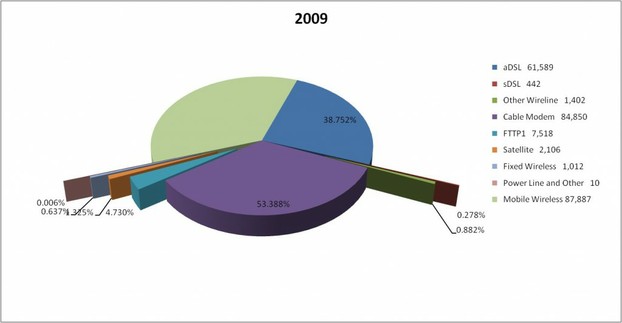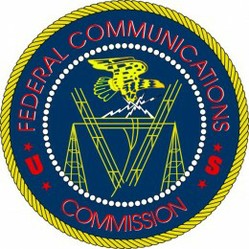Are you getting a fair shake? Good for you, you are one of the 33% who are.
If not contact the FCC. They are the branch of the government who licenses these bandwidth channels. The vendors who lease them make certain promises to the government in exchange for the license. If the provider doesn't abide by the agreement, the federal government has the power to lean on them to enforce the contract conditions or even to shut them down.
If you feel you are not getting the best service for your fee go to the FCC site and file a complaint. The link is directly below.
Contact the FCC
The form is very easy to use. First select "Broadband Service and VOIP" then click the next button; this is the third option from the bottom. Next, select "Billing, Service, Availability, and Number Portability Issues;" this is also third from the bottom and click next. Finally, click "complete the form." Complete the consumer information box at the top including your name, address and phone number.
Next complete the form 200B. If you are not complaining about a phone number leave that blank. Provide the FCC with the name of the company, the account number, a disputed amount (if any), if you've paid the amount and how much, if the adjustment you requested was made, the amount of the adjustment, and if the charges are related to an additional service. If any of these items have no answer leave them blank. Finally, Item 6, is the most important. Write the nature of your problem in plain language. This is where you can complain about sub-standard speed. You can also attach a file, such as a Word document if you like.
Once finished click the "Submit Form" button. You should have a response within three weeks or less. The response will include the text of your complaint and information about when the FCC contacted the company you are complaining about.
I have used this form in the past when my provider had service problems in my area that lasted about five days. They refused to pro-rate my bill even though I ended up paying for service I did not receive. The letter of complaint goaded my provider into offering an apology and making up for lost service.
THIS DOES WORK!





 Crêpes and Crêpe Disheson 09/14/2016
Crêpes and Crêpe Disheson 09/14/2016
 About Me - Liam Beanon 11/28/2014
About Me - Liam Beanon 11/28/2014
 About Ebolaon 11/08/2014
About Ebolaon 11/08/2014


Comments